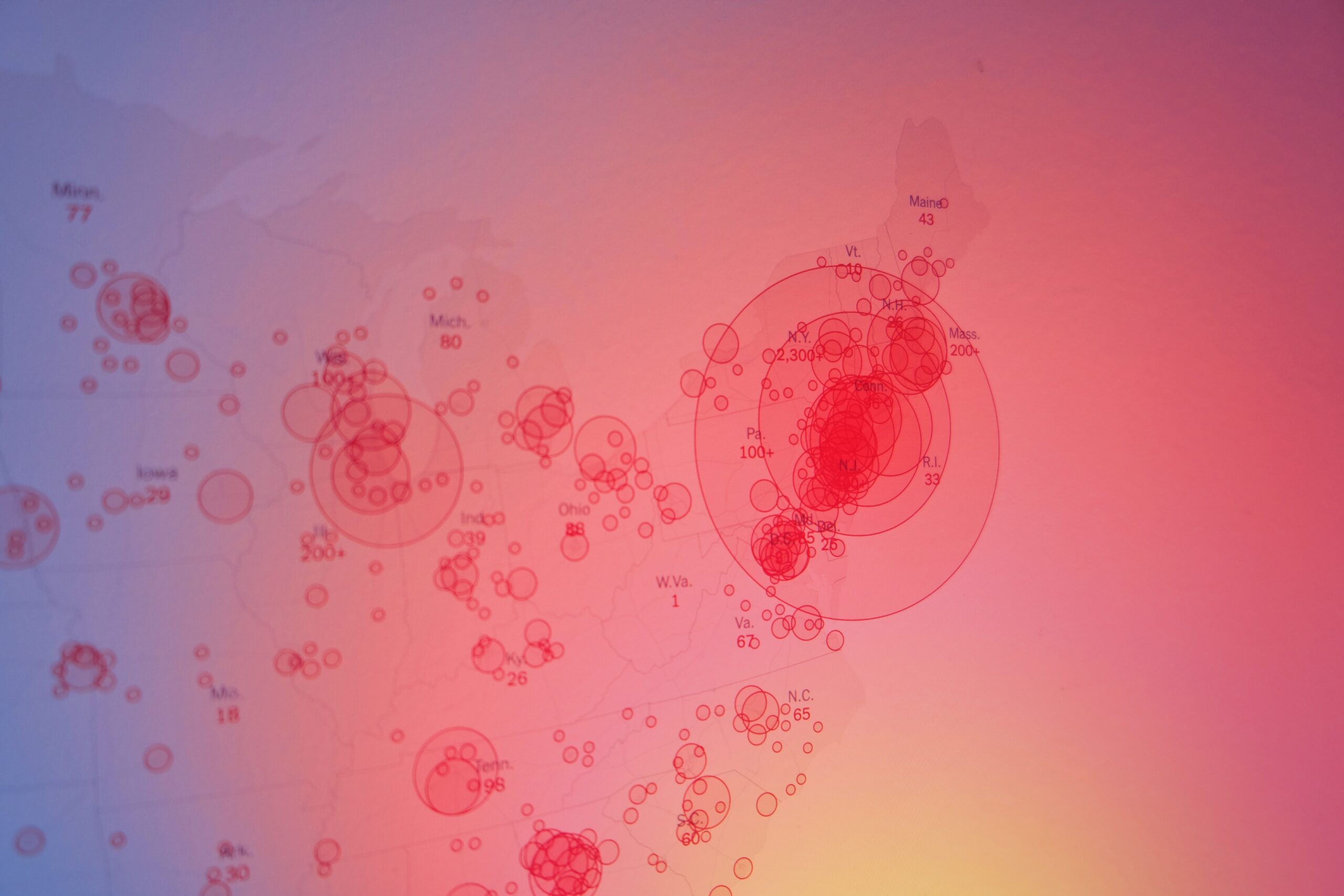According to Dr Randeep Guleria, director of AIIMS, one group received convalescent plasma therapy in addition to the standard treatment while the other one received only the standard treatment. “The number of deaths was equal in both groups,” he said. Dr Guleria added they didn’t find any significant difference in clinical improvement in the two groups either.
“Convalescent plasma is not a magic bullet,” said Dr Monish Soneja, an additional professor in the department of medicine at AIIMS. He added that there may be a certain subset of patients who may benefit from it but this is still a work in progress. “Till the time we know the characteristics of the subset of patients, we have to use convalescent plasma therapy very judiciously,” Dr Soneja said while sharing his experiences on using plasma therapy in Covid-19 patients in a webcast organised by the institute. The Indian Council of Medical Research is also conducting trials to assess the efficacy of plasma therapy but the results are not out yet.
What is plasma therapy?
Mayolinic defines: Convalescent plasma (kon-vuh-LES-unt PLAZ-muh) therapy is an experimental treatment that some doctors are using for people with severe coronavirus disease 2019 (COVID-19).
‘Plasma’ is the liquid component in the blood that carries antibodies, hormones and various nutrients across the body. Convalescent Plasma is the plasma collected from people who were infected and have made a complete recovery; these people develop antibodies which are of vital importance. Antibodies are proteins used by the body to fight off infections and thus provide immunity to those who have beaten Covid-19. The plasma of these patients is transfused into the blood of patients are fighting Covid-19.
The therapy may be specifically beneficial to those who are extremely sick and haven’t responded to other treatments – often developing Acute Respiratory Distress Syndrome (ARDS), which may require ventilator support, informs Dr Farah Ingale, Indian weekender explained.
Fear among COVID-survivors
A lot of those who have successfully recovered from COVID-19 are paranoid when it comes to donating plasma. People fear successive visits to hospitals due to the possibility of contracting the coronavirus once again. Some COVID survivors site the threat of fatigue and weakness that might be a result of plasma donation.Various media reports suggest, that due to a lack of facilities to treat COVID patients many refuse to donate plasma. Some patients also site low quality food and cleanliness issues as a hindrance to convalescent plasma donation.
Success stories
Indian Council of Medical Research (ICMR), in June had allowed Government Medical Colleges (GMCs) in various cities of Punjab (Amritsar, Faridkot and Patiala) to treat COVID-19 patients with plasma therapy. The efforts proved to be successful in treating 6 patients through plasma therapy.
Punjab
“I was admitted at GMC Amritsar for nearly a month after I tested positive. Doctors helped me recover but my health was deteriorating and I suffered a lot. After I got discharged, the authorities asked me to donate plasma but I refused to do so. I still feel weak and don’t want to get hospitalised again as I fear contracting the disease for the second time,” said a 24-year-old COVID-19 survivor.
Hyderabad
New Indian Express reported: Doctors from Gandhi Hospital revealed that of the 13 patients who were administered convalescent plasma therapy for COVID-19, 11 had recovered fully. Though a bit early, the information now gives out data that nearly 84 per cent recovery rate is there for this treatment protocol.
“We have seen that this treatment protocol will do well for people who are in the category of illness — ‘moderately severe’. “These are generally stage-3 Acute Respiratory Distress Syndrome (ARDS) patients who have an increase in oxygen demand without many co-morbidities,” he said.

